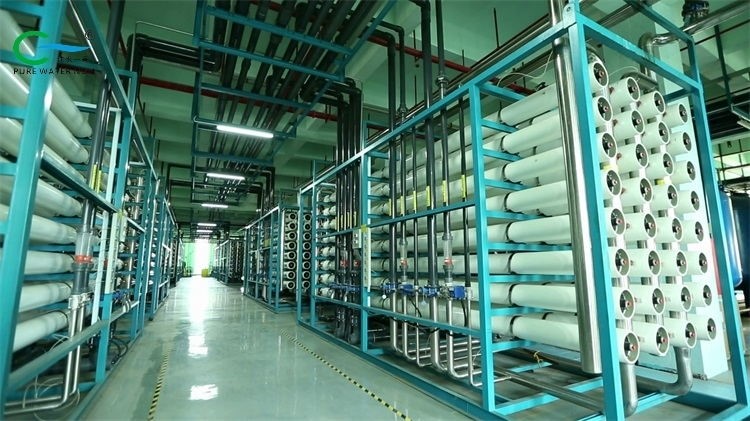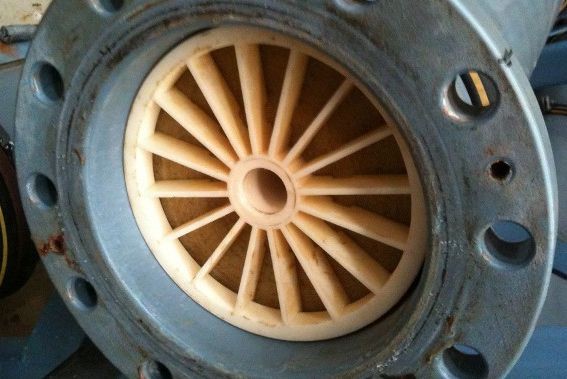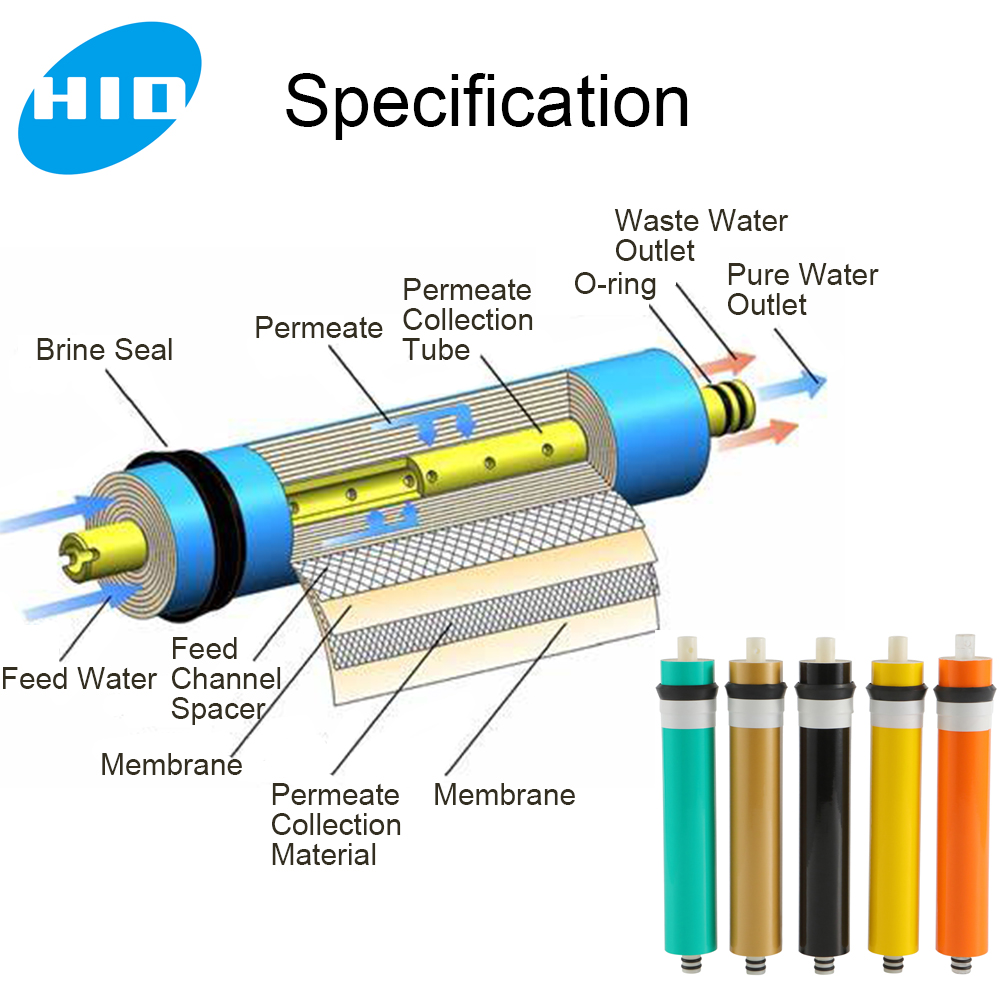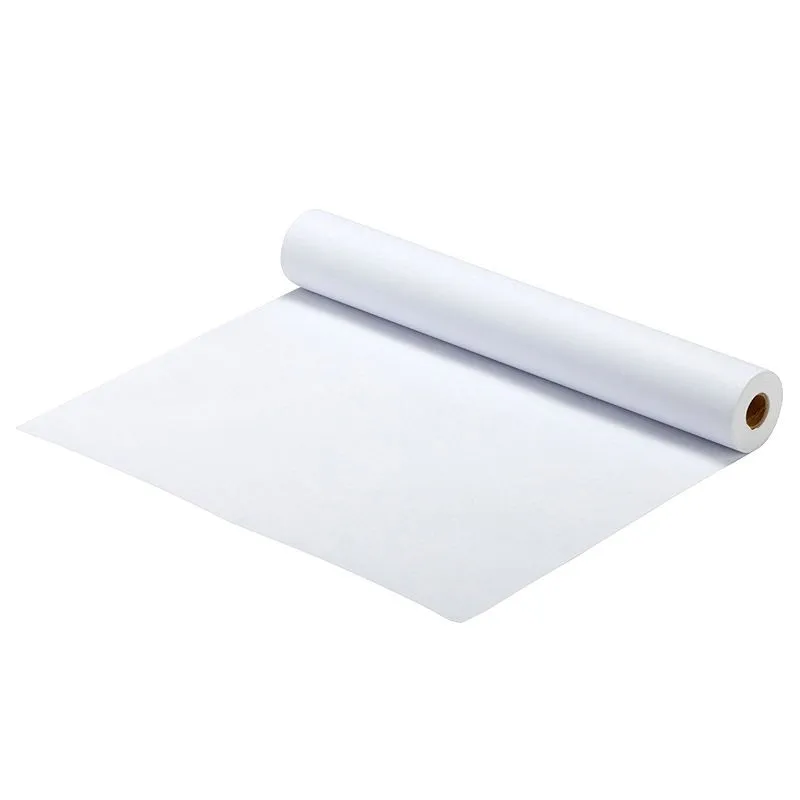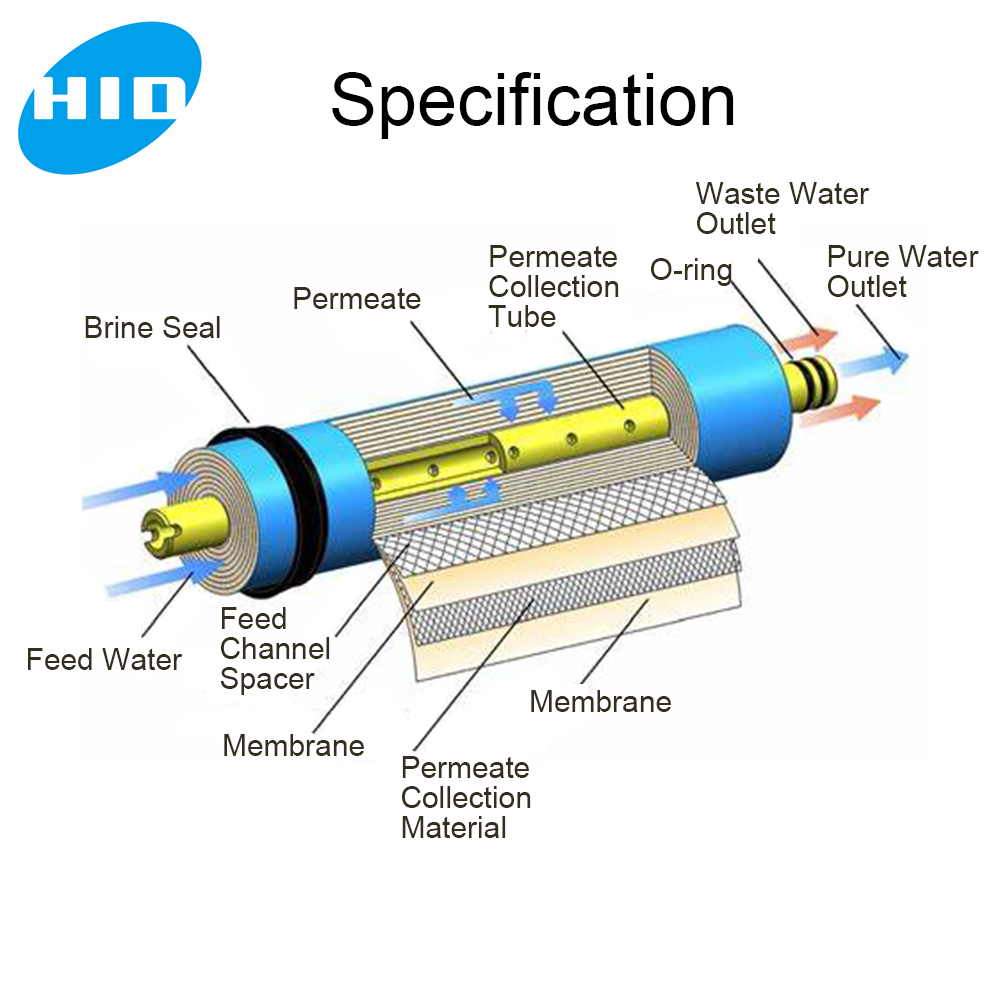25 common solutions of reverse osmosis membrane technology problem (Part 2)
- Who sells membrane cleaning agents or provides cleaning services?
Water treatment companies can provide specialized membrane cleaning agents and cleaning services, and users can purchase cleaning agents for membrane cleaning according to the suggestions of membrane companies or equipment suppliers.
- What is the maximum allowable concentration of silica in the inlet of the reverse osmosis membrane?
The maximum allowable concentration of silica depends on temperature, pH, and scale inhibitor. Generally, the maximum allowable concentration in concentrated water is 100ppm without the addition of scale inhibitor. Some scale inhibitors can allow the maximum concentration of silica in concentrated water to be 240ppm. Please consult the scale inhibitor supplier.
picture
- What is the effect of chromium on RO membranes?
Certain heavy metals such as chromium can catalyze the oxidation of chlorine, leading to irreversible performance degradation of the membrane. This is because the stability of Cr6+in water is worse than that of Cr3+. It seems that metal ions with higher oxidation valence have a stronger destructive effect. Therefore, the concentration of chromium should be reduced or at least Cr6+should be reduced to Cr3+in the pre-treatment section.
- What kind of preprocessing is generally required for RO systems?
The typical pre-treatment system consists of coarse filtration (~80 microns) to remove large particles, adding oxidants such as sodium hypochlorite, then precision filtration through a multimedia filter or clarification tank, adding oxidants such as sodium bisulfite to reduce residual chlorine, and finally installing a safety filter before the inlet of the high-pressure pump. The function of the security filter, as the name suggests, is to serve as the ultimate safety measure to prevent accidental large particles from damaging the impeller and membrane components of the high-pressure pump. Water sources with high levels of particulate suspended solids typically require higher levels of pre-treatment to meet the specified inflow requirements; For water sources with high hardness content, it is recommended to use softening or adding acid and scale inhibitors. For water sources with high microbial and organic content, activated carbon or anti fouling membrane elements are also needed.
11.Can reverse osmosis remove microorganisms such as viruses and bacteria?
Reverse osmosis (RO) is very dense and has a very high removal rate for viruses, bacteriophages, and bacteria, at least 3 logs or more (removal rate>99.9%). However, it should be noted that in many cases, microorganisms may still reproduce on the water producing side of the membrane, which mainly depends on the assembly, monitoring, and maintenance methods. In other words, the ability of a system to remove microorganisms depends crucially on whether the system design, operation, and management are appropriate rather than the properties of the membrane components themselves.
- What is the impact of temperature on water production?
The higher the temperature, the higher the water production, and vice versa. When operating under higher temperature conditions, the operating pressure should be lowered to maintain the same water production, and vice versa. Please refer to the relevant chapters for the temperature correction factor TCF for changes in water production.



